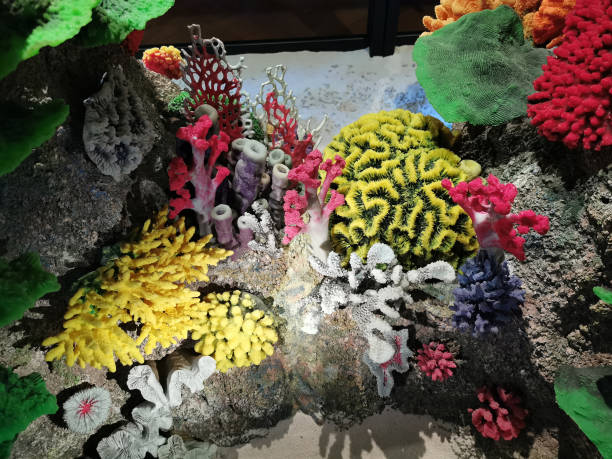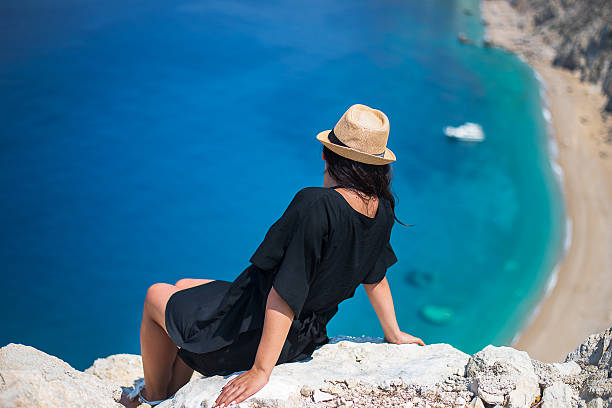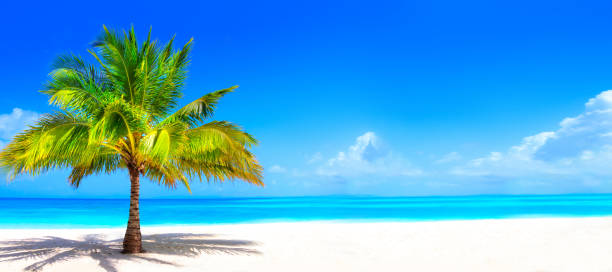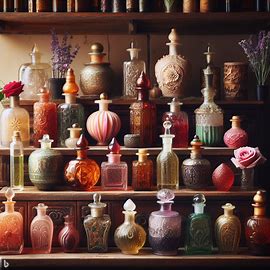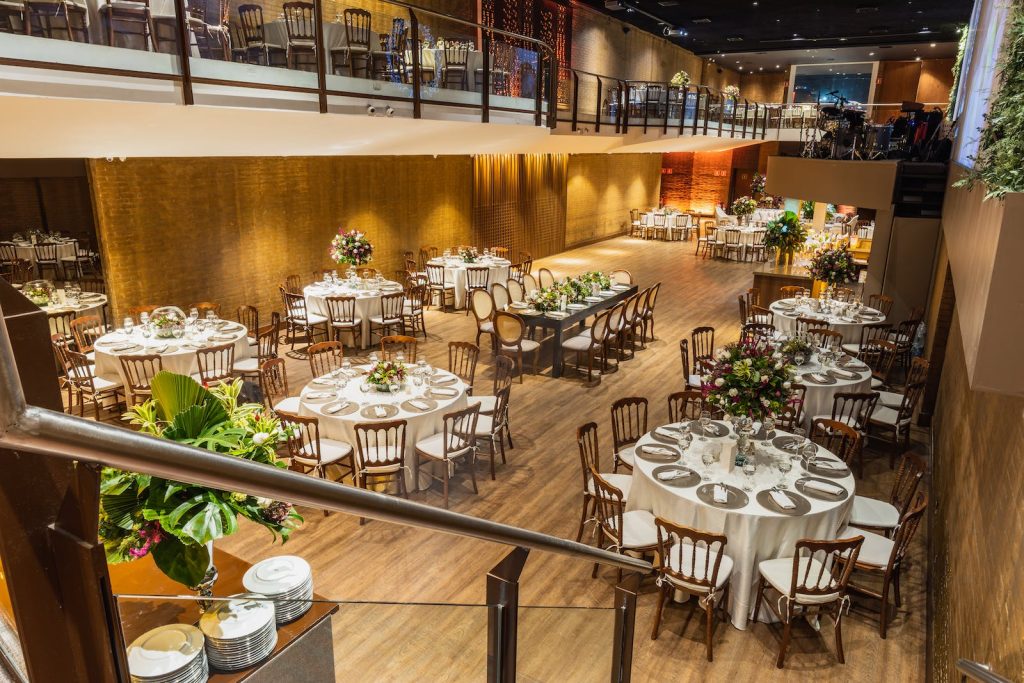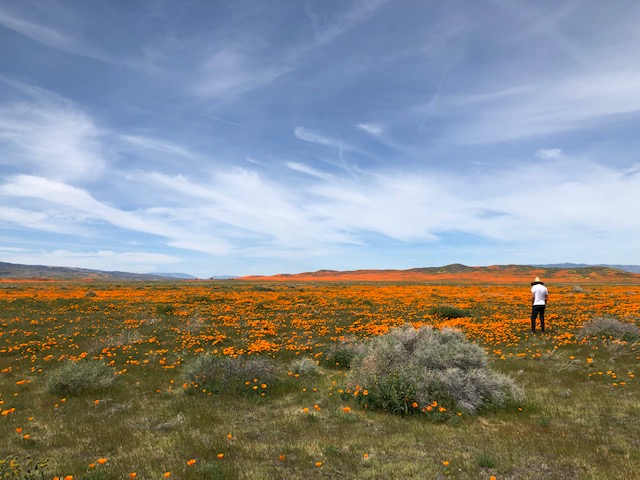Exploring the Enchanting Red Sea: A Tapestry of Nature and History

The Red Sea, situated between Africa and the Arabian Peninsula, is a geographic marvel that beckons explorers, historians, and nature enthusiasts alike. Its crystal-clear waters, vibrant coral reefs, and rich historical tapestry make it a unique destination that seamlessly weaves together the wonders of nature and the echoes of ancient civilizations.
1. Natural Marvels:
Coral Reefs and Marine Biodiversity:
The Red Sea is renowned for its spectacular coral reefs, often referred to as some of the healthiest and most diverse in the world. Teeming with life, these underwater ecosystems harbor over 1,200 species of fish and 200 species of coral. Snorkelers and divers are treated to a kaleidoscope of colors as they explore the intricate formations and encounter fascinating marine species.
Pristine Waters and Visibility:
The clarity of the Red Sea’s waters is legendary, with visibility often exceeding 30 meters (100 feet). The absence of significant river runoff contributes to this clarity, offering unparalleled visibility for underwater enthusiasts. Diving into the Red Sea is like entering a realm of liquid light, where every detail of the vibrant underwater world comes to life.
2. Diving Hotspots:
Sharm El Sheikh:
Nestled at the tip of the Sinai Peninsula, Sharm El Sheikh is a diving paradise known for its diverse marine life and captivating underwater landscapes. Popular dive sites include Ras Mohammed National Park, where vibrant coral walls and schools of fish create a mesmerizing spectacle.
Dahab and the Blue Hole:
Dahab, with its laid-back atmosphere, attracts divers seeking unique experiences. The Blue Hole, a famous dive site, offers a thrilling descent into a submarine sinkhole surrounded by coral formations, attracting advanced divers from around the globe.
3. Historical Significance:
Ancient Trade Routes:
The Red Sea has been a vital crossroads of trade and cultural exchange for millennia. Ancient civilizations, including the Egyptians, Phoenicians, and Greeks, navigated its waters, establishing ports and trade routes that connected the Mediterranean with the Indian Ocean. The Red Sea was a conduit for goods, ideas, and cultural influences.
Ports and Cities:
Coastal cities along the Red Sea, such as Jeddah, Aqaba, and Massawa, are steeped in history. Jeddah’s Al-Balad district reflects traditional Saudi Arabian architecture, while Aqaba in Jordan carries traces of ancient civilizations. Massawa, a historical Eritrean port, has witnessed centuries of maritime activity.
4. Conservation Efforts:
Preserving Marine Ecosystems:
Recognizing the ecological importance of the Red Sea, conservation efforts are underway to protect its delicate ecosystems. Marine protected areas, restrictions on destructive fishing practices, and community involvement in sustainable tourism contribute to safeguarding the biodiversity of the Red Sea.
Conclusion:
The Red Sea, with its blend of natural wonders and historical significance, invites adventurers to explore its depths and uncover the stories etched into its shores. Whether diving into the vibrant coral gardens, tracing ancient trade routes, or contributing to conservation initiatives, the Red Sea offers a multifaceted experience that resonates with the beauty of nature and the echoes of centuries past. As we navigate its pristine waters and immerse ourselves in its history, the Red Sea stands as a timeless testament to the enchanting intersection of nature and human heritage.





























